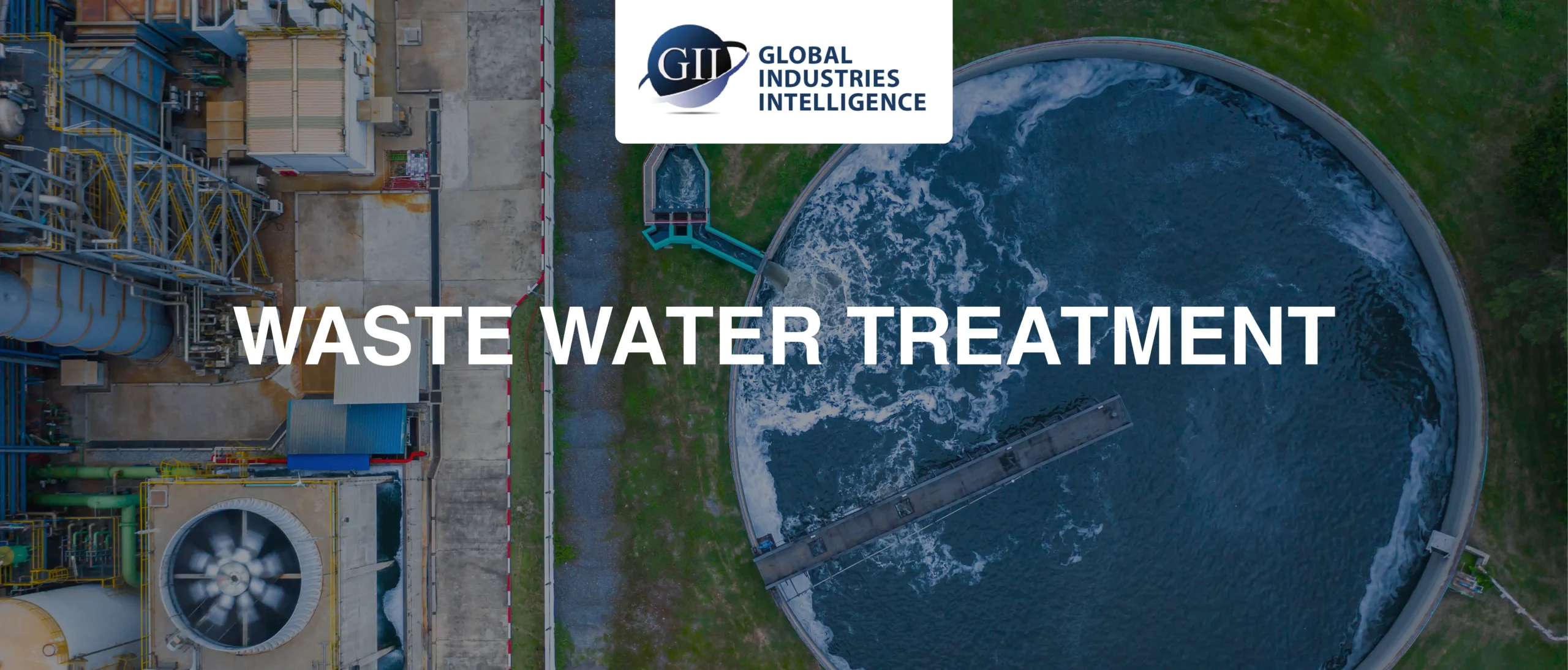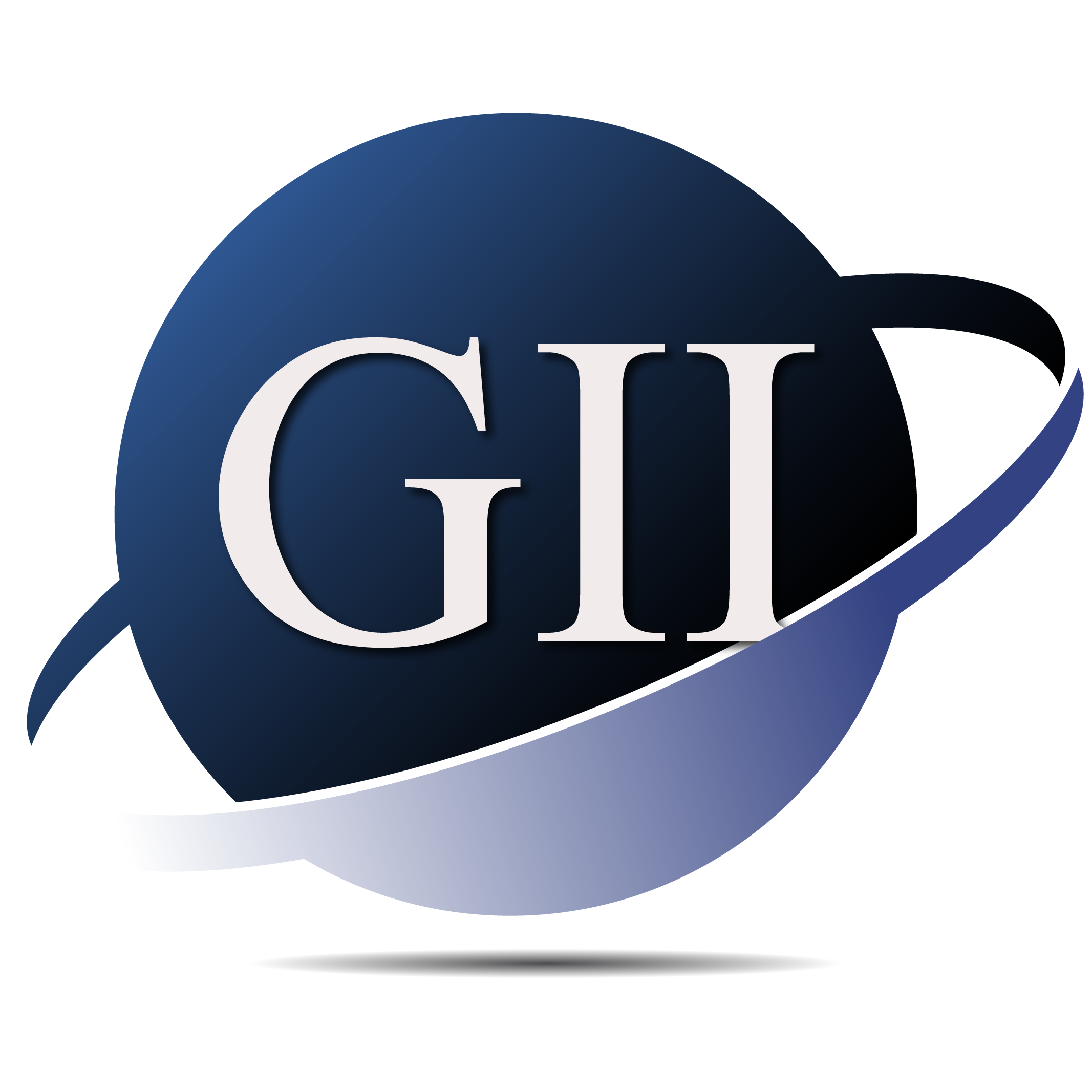
DESALINATION AND WATER TREATMENT
Course Overview
All the industries around the world they need water, but the key question is what dirty, or level of impurity is acceptable for specic applications? The ability to eectively use dirty water (but clean enough) can signicantly minimize total costs for each site.
Do alternative sources or treatment technologies of water oer better opportunities for minimizing total operational costs and environmental footprints. Delegates will gain insight into optimizing water quality for industrial needs while balancing sustainability and cost-eectiveness.
Learning Objectives
By the end of this course, the delegates will
- Understand the benets and problems of conventional and unconventional water source.
- Recognize the unique requirements for water in steam generation and usage.
- Understand the dierent types of water treatment technologies currently available and when it is good to use them.
- Understand new and/or complex technologies for water treatment and when they should be considered.
- Learn about future trends in water management, focusing on technical advancements and environmental sustainability.
- Understand the unique issues of process safety with respect to water management.
Target Audience
- Process engineer
- Panel operators
- Operator supervisor
- Steam engineers
- Project engineers
- Environmental engineers
- Safety engineers
Course Outline
DAY ONE
FUNDAMENTALS OF WATER TREATMENT AND QUALITY REQUIREMENTS
Target: ~80 slides
1. Introduction to Water Treatment (~50 slides)
- Overview of water
- Importance of water that is pure enough
- Challenges and contaminants commonly found in source water
- Desalination
- Wastewater
- Brackish water
- Saline water
- Rainwater
- Process water
- Simulation water
2. Water Quality Requirements for Steam Systems (~50 slides)
- Why we make steam in the industry
- Power
- Process heating
- Injection
- Sterilisation and cleaning
- Domestic and commercial heating
- Others??? Pharmaceutical and food processing
- Sour Gas
- Required purity levels and parameters (e.g., TDS, silica, hardness)
- Standards specications for ultrapure water (UPW) in specialising applications
- Role of pre-treatment to protect desalination systems
- Introduction to Total Organic Carbon (TOC) and dissolved oxygen considerations
DAY TWO
ENVIRONMENTAL PERMIT CONSIDERATION FOR DESALINATION PROJECTS
Target: ~70 slides
1. Intake water sources environmental impact and mitigation
- Open intakes
- Subsurface intakes
2. Greenhouse gas emission of desalination plants
- Emission management
- Energy ecient plant design
- Green building design
- Carbon dioxide sequestration and utilization
3. Permit types needed for dierent water streams
- Permit for water source
- Permit for discharge
- Permit for product water
DAY THREE
DESALINATION TECHNOLOGIES AND ADVANCED TREATMENT
Target: ~90 slides
1. Primary Water Treatment Processes (~40 slides)
- Source water screening
- Source water conditioning
- Overview of primary treatments (e.g., coagulation, ltration, softening)
2. Reverse Osmosis and Desalination (~40 slides)
- Detailed RO process mechanics and membrane technology
- Common and challenging membrane foulant types
- Techniques for scaling prevention and membrane fouling control
- Challenges of desalination system
3. Advanced Desalination Methods (~30 slides)
- Electrodialysis and multi-stage ash distillation
- Emerging desalination technologies (e.g., forward osmosis, membrane distillation)
- Evaluating desalination methods based on water purity and operational cost
DAY FOUR
DESALINATION PROJECTS COST ESTIMATION
Target: ~70 slides
1. Overview of water production cost in the desalination industry
- Brackish water RO
- Seawater RO
2. Capital cost estimation and breakdown
- Direct capital cost
- Indirect capital cost
3. Operation and maintenance cost
- Energy cost
- Chemicals cost
- Labour cost
- Discharge management cost
4. Water Production cost
- Fixed cost
- Variable cost
DAY FIVE
MONITORING, COMPLIANCE, AND FUTURE TRENDS IN WATER TREATMENT
Target: ~110 slides
1. Brine Management and Disposal (~20 slides)
- Disposal options and challenges with brine from desalination
- Waste minimization strategies and environmental considerations
- Innovations in brine concentration and reuse
2. Monitoring and Quality Assurance (~30 slides)
- Key metrics for continuous quality assurance
- Monitoring technologies: sensors, analysers, and online systems
- Calibration and maintenance for critical monitoring instruments
3. Environmental Compliance and Safety (~30 slides)
- Regulatory requirements and compliance in water and brine management
- Safe handling practices for water treatment chemicals
- Risk management and incident response in water systems
4. Future trends for desalination (20 slides)
- Green desalination and resource recovery
- New materials for RO and loose pre-treatment ltration
- Industry 4.0 strategies and implementation in new desalination generation (digital twin, IoT, cybersecurity)
5. Course Wrap-up and Q&A (~10 slides)
- Summary of key learning points and practical takeaways
- Final questions and answers, course evaluation
